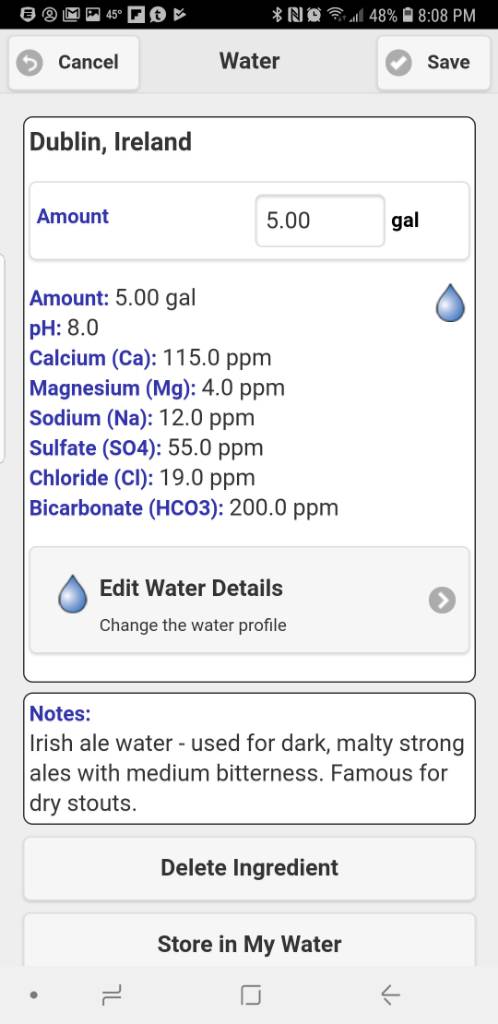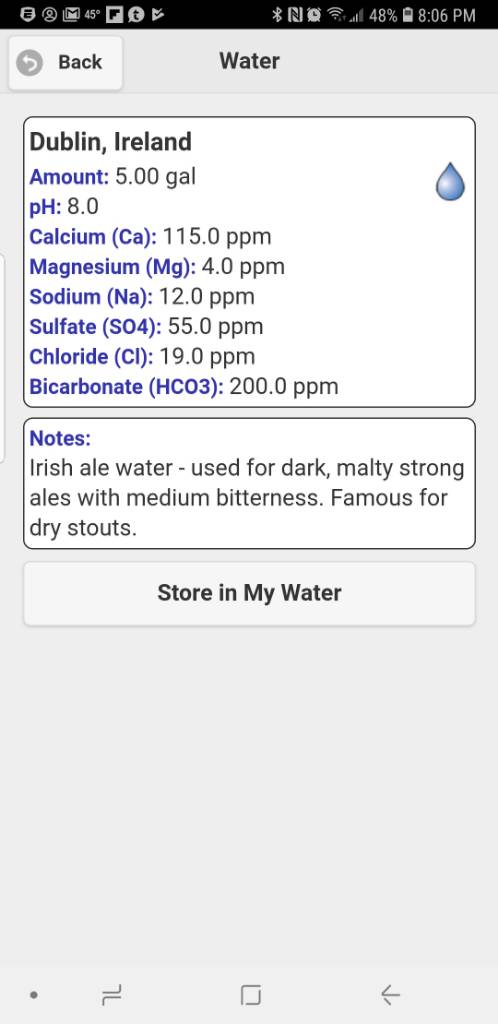Silver_Is_Money
Larry Sayre, Developer of 'Mash Made Easy'
One of the batches I brewed in 2018 came out very grassy tasting. I cut corners with it and didn't filter off the trub and hops while transferring it to the fermenter, and then I let it sit in the fermenter for more than a month after fermentation was complete and before I finally got around to bottling it (during which time I was lagering it atop the hops and trub at 34 degrees). The grassiness eventually dissipated after about four months in the bottles, and it actually became quite good post that juncture.




















































![Craft A Brew - Safale S-04 Dry Yeast - Fermentis - English Ale Dry Yeast - For English and American Ales and Hard Apple Ciders - Ingredients for Home Brewing - Beer Making Supplies - [1 Pack]](https://m.media-amazon.com/images/I/41fVGNh6JfL._SL500_.jpg)







